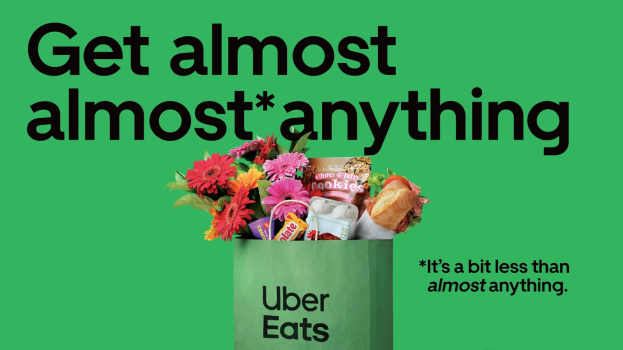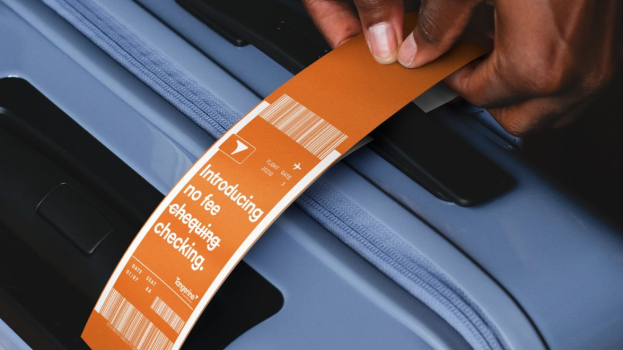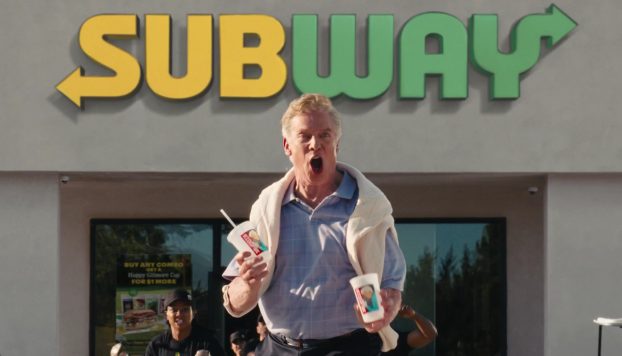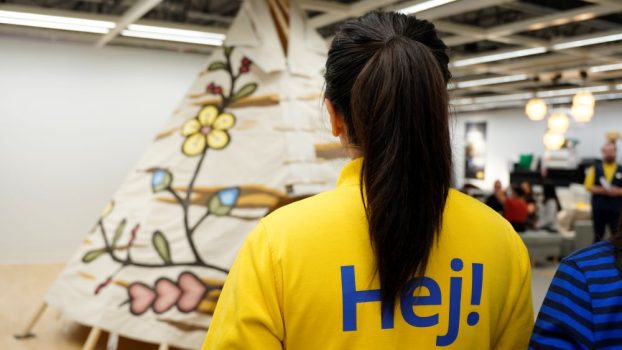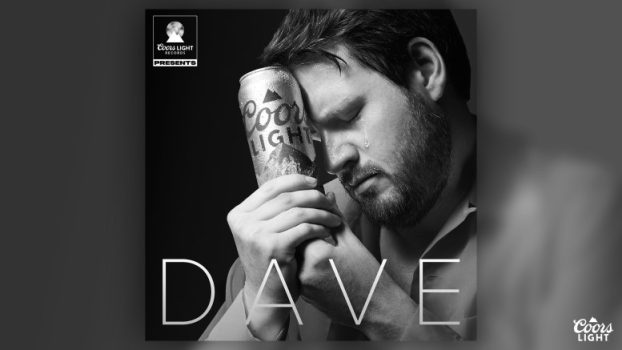Over the last few years Internet and cellphone technologies have evolved at such a rapid rate that youth-focused marketers have enjoyed an ever-increasing selection of innovative new media vehicles. But marketers who jumped right in found that the water was pretty cold, and many discovered the hard way that the transitional, constantly evolving nature of new tech vehicles like SMS makes them a real gamble.
‘There is a general sense that technology is changing so rapidly that it is difficult to settle on one format that will definitely be successful,’ says Max Valiquette, president of Toronto-based Youthography. ‘You don’t want to throw a lot of money behind a campaign in an area where the dust hasn’t settled,’ he warns.
In fact, a study fielded by Youthography in September found that 25% of respondents aged 15 to 29 had replaced their cellphone handset within the last three months, indicating the speed with which new technology is replacing the old.
The study suggested that, while youth still interact with many forms of ‘transitional’ media, the lack of stability in these fields and the inability to gauge reaction means many marketers would be better off saving their dollars for the more reliable, old school methods of advertising, such as television, print, outdoor and grassroots promotions.
CHUM’s Citytv Vancouver, which launched just over a year ago, is one marketer that has dabbled in new media but is now putting most of its eggs back into the grassroots basket.
In February, the TV station teamed up with Bell Canada for an SMS promotion around the prime-time show The Bachelorette, and received over 10,000 individual text messages in just over two weeks predicting the bachelorette’s final choice out of 25 admirers. Although Citytv promotion director Steve Scarrow says he was pleased with the promotion from a test-model point of view, the amount of work that was involved did not make it viable as a long-term initiative.
‘The problem we found with text messaging is that it remains a long way from being in mainstream use in Canada, and as a result we spent a lot of our creative time explaining how to do it,’ says Scarrow. ‘When you’re explaining something complex you may be losing some opportunities to connect with people.’
Those who were already SMS savvy were primarily not part of the conventional TV-watching demographic, Scarrow adds, rendering the medium somewhat inappropriate at best.
Jeff Roach, VP of client services at Toronto-based youth-targeted promotion company Masev, says he has noticed a decline in the number of Internet viral campaigns in the past two years, ‘maybe because the Internet bubble has burst and maybe just because it’s so hard to measure results.’
Roach believes that grassroots promotions are still key for reaching youth. ‘Young people want a brand to be real and credible and part of their lives so getting out with the grassroots is key,’ he says.
And indeed, Citytv Vancouver, for one, is putting the bulk of its trust back into grassroots.
In September the station fully funded and produced its own food event, ‘Taste of the City,’ which involved 27 Vancouver-based restaurants handing out small samples of food in exchange for a 50-cent ticket. All signage and promotional material displayed the Citytv Vancouver brand.
‘It was a great way to raise awareness of the network and connect with people on a base level,’ says Scarrow. ‘Our philosophy is to build our own events from scratch instead of just sponsoring something larger,’ he says, adding that the event was a huge success with around 3,000 people participating. He hopes it will run again in future years with an even larger crowd.
Also in the pipeline is a promotion around the wedding of former TV Bachelorette Trista Rehn to her beau Ryan, due to air on Citytv in late November. During the build-up to the show, a street team from City will be out and about in Vancouver wearing bridal gowns and handing out pieces of wedding cake to stimulate water-cooler conversation about the station and the show.
However, Scarrow says the network has not abandoned the idea of SMS marketing altogether and may consider using it again for specific promotions or with certain clients targeting the SMS-savvy 18-to-24 demographic.
Youthography’s Valiquette points out the large number of high-profile outdoor advertising campaigns that we are seeing on the streets these days, indicating a shift back towards the tried and true.
For example, BMW Canada has gained great exposure for its Mini brand in the last two years with a series of outdoor campaigns in Toronto featuring real cars, and Bacardi has been turning heads this summer and fall with its ’50s-style neon billboards in downtown Toronto, Vancouver, Quebec and Halifax, promoting Bacardi white rum. Both sets of billboards were carefully placed in the heart of the cities’ clubbing districts, so as to reach the young, entertainment-focused crowd.
Kevin Marcotte, head of corporate communications at Whitby, Ont.-based BMW Canada, says of the recent outdoor Mini campaigns: ‘The Mini is performance oriented. It’s fun, visually appealing and not opposed to being edgy so it lends itself well to that kind of execution.’ Marcotte adds that BMW’s broad-reaching campaigns also include Internet advertising in addition to the traditional TV and print.
And Bacardi Canada’s outdoor campaign is receiving very positive feedback, according to Brampton, Ont.-based group brand manager, Stephanie Skubacki. ‘The advantage of outdoor is that it allows us to pick our own locations and so zone in on the kind of consumer we are trying to reach,’ she says.
Adds Valiquette: ‘It’s a lot of money to be putting into a billboard but at least marketers can quantify how many eyeballs will be seeing that ad, as opposed to a text-message campaign where you’re taking a big risk.’
Valiquette advises marketers experimenting with ‘transitional’ media to incorporate it into the bigger picture. When targeting youth, he says, ‘It’s tremendously important to keep looking at what’s new and what’s happening, but to make sure you connect it with something tried and true,’ he suggests. ‘Instead of abandoning it all together, many marketers are putting a box around it and making sure it’s a part of something larger.’
One such marketer is Labatt Canada. The 19+ youth-targeted brand has incorporated SMS into its marketing mix this year, first with the Labatt Blue promotion ‘Cup Crazy’ in April 2003 and then ’24Blue’ this summer.
Labatt’s media director, Shelley Smit, says that the promotions met expectations, but she recognizes the limitations. ‘We didn’t expect it to be a very far reaching program because there are only so many people who have the SMS format available,’ she says.
Smit says that Labatt’s philosophy is to keep an open mind and always look at new technology media as a means of advertising to the target 19-to-24 category, but she says it will continue to be just a small part of the overall marketing mix. The bulk of Labatt’s marketing dollars are spent in television, with radio as a supplement. ‘With today’s young adults you have to be multi-dimensional,’ Smit says.
Similarly, when Ford of Canada aims for young car buyers, the company puts most of its dollars into the tried and true, rather than the transitional.
A recent promotion took advantage of TV in an innovative way. Ford paid Fox to run the new season debut of 24 commercial-free save for a two-part mini-film that flanked the episode. The mini-film, starring the F-150 pickup truck, was done in the style of 24 with car chases and spy drama. Ford’s agency, J. Walter Thompson in Detroit, created the 3.5-minute and 2.5-minute segments.
Dean Tesser, Ford’s Oakville, Ont.-based marketing communications director sums up: ‘It is very difficult to create an emotional connection that’s stronger than TV,’ he says.

